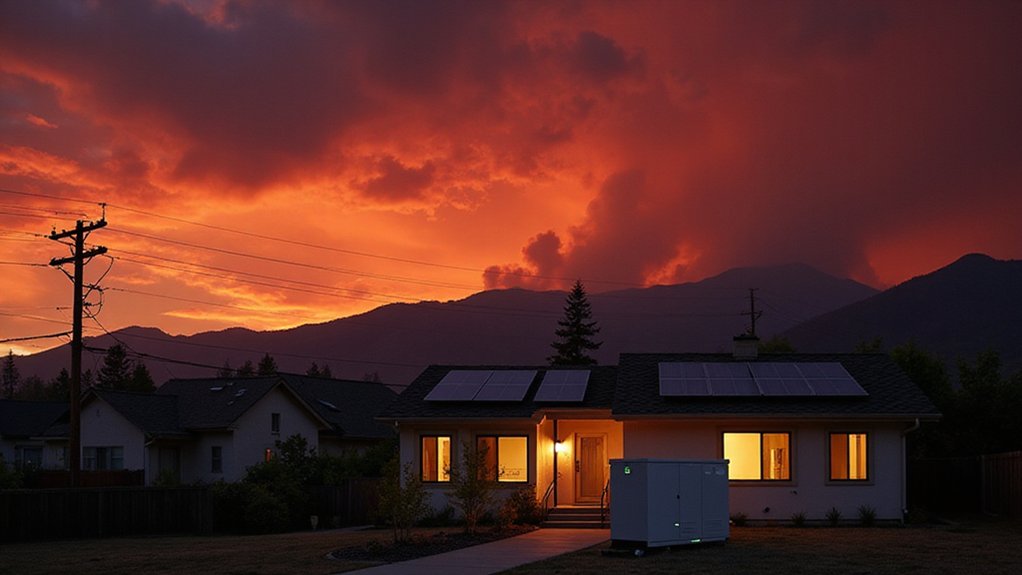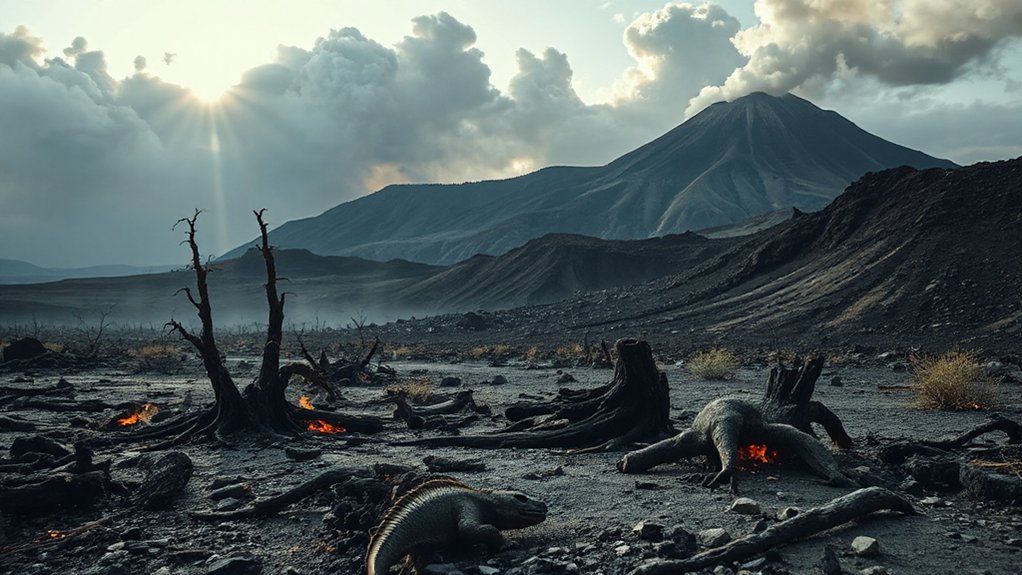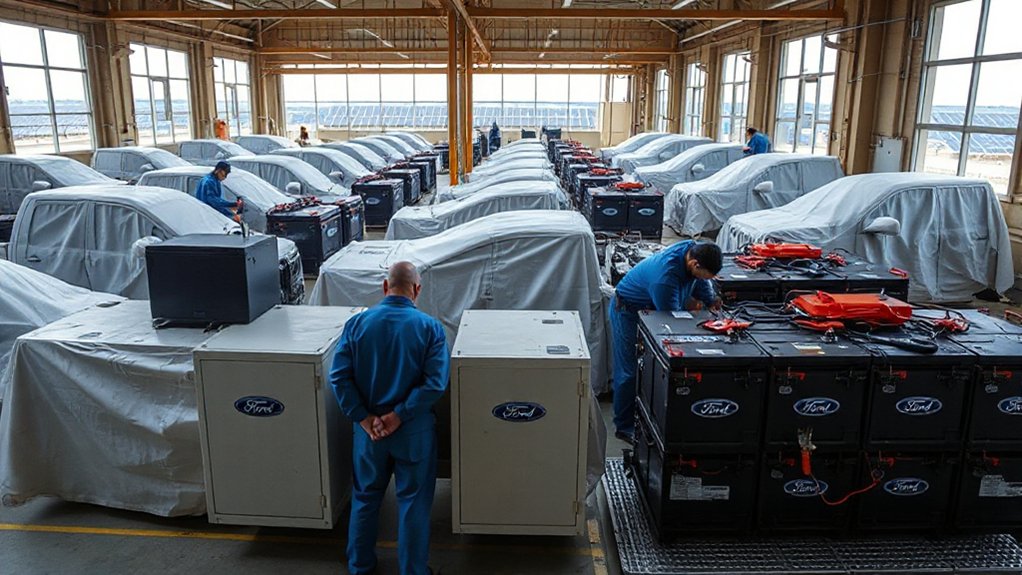In a controversial move that sparked fierce debate among environmentalists and land management experts, the Trump administration rescinded the longstanding 2001 Roadless Rule that had protected nearly 60 million acres of national forest from development.
The rule had restricted road construction and timber harvesting in designated areas covering about 30% of national forestland across more than 40 states. Gone. Just like that.
The USDA justified this massive rollback by claiming the rule was outdated and hampered proactive forest management needed for wildfire mitigation. Common sense, they called it.
The restrictions were particularly significant in states like Utah, where nearly 60% of federal forest land was protected, Montana at 58%, and Alaska’s Tongass National Forest at a whopping 92%.
Trump’s team pushed a simple narrative: more roads equal better fire management. They argued that building roads would allow for faster firefighting response, create firebreaks, and enable more proactive thinning and prescribed burns.
The USDA pointed to approximately 28 million acres of protected forest categorized as “high or very high risk” for wildfires, including 4.4 million acres in fire-prone California forests.
But here’s the twist – science tells a different story. Wildfires are actually four times more likely to start in areas with roads compared to roadless areas, according to a Wilderness Society analysis spanning over three decades. Not exactly the fire prevention miracle they promised.
Environmental advocates raised serious concerns. Roads fragment habitats, disrupt ecosystems, increase erosion, and contaminate waterways. They’re basically wildlife neighborhood wreckers.
Roads also serve as unwelcome mats for invasive species and facilitate illegal dumping and poaching in once-remote areas.
The reality? This policy created a showdown between immediate management access and long-term ecological health.
Scientists cautioned that this forest management approach could backfire, potentially creating more problems than it solved. Sometimes the best firefighting tool isn’t a road – it’s leaving nature alone.
Critics like Drew McConville from the Center for American Progress condemned the decision as a giveaway to timber companies that prioritizes industry profits over environmental protection.
Secretary of Agriculture Brooke Rollins officially announced the repeal on June 24, 2025, claiming it would enable responsible timber production alongside fire prevention efforts.
Much like oil companies that made green promises only to later prioritize fossil fuel investments, the administration’s environmental commitments appeared to be more about public perception than ecological protection.
References
- https://abcnews.go.com/US/environmental-advocates-sound-alarm-trump-admins-plan-repeal/story?id=123152332
- https://www.latimes.com/environment/story/2025-06-23/trump-administration-roadless-rule-national-forests
- https://www.whitehouse.gov/fact-sheets/2025/06/fact-sheet-president-donald-j-trump-empowers-commonsense-wildfire-prevention-and-response/
- https://www.usda.gov/about-usda/news/press-releases/2025/06/24/what-they-are-saying-strong-support-secretary-rollins-rescission-roadless-rule-eliminating
- https://www.factcheck.org/2018/11/trump-repeatedly-errs-on-california-wildfires/









